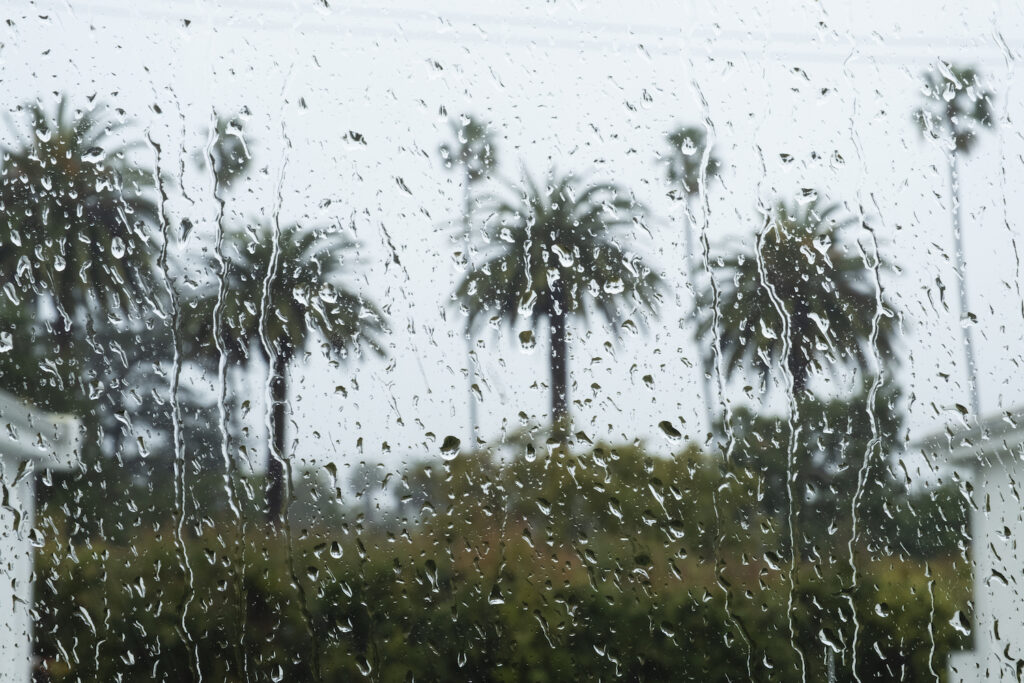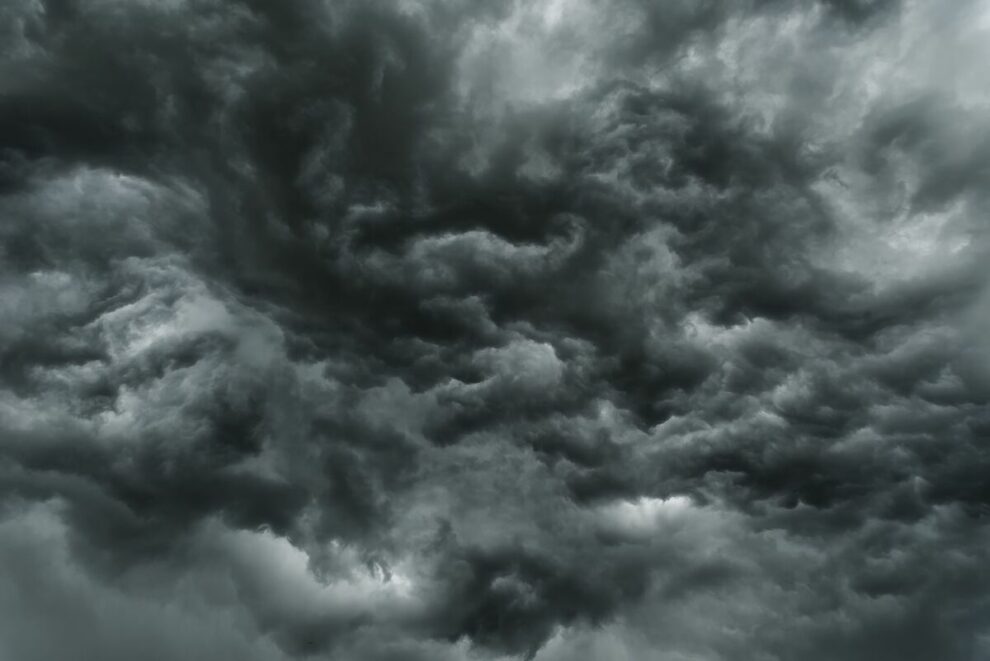China’s worst sandstorm in a decade hit Beijing, just what that nation’s capital needed given its already horrific air quality. But nobody blamed it on climate change. Yet. And if you’re thinking we’re too cynical, that people don’t blame everything bad on climate change, well, when a Saharan dust storm reached the Americas last year, it was blamed on … climate change. It’s just that things are different where China is concerned.
Early last spring the Harvard Gazette blatted that “A new ground-breaking study shows that a warming planet will make dust storms more intense in the Mediterranean and the Atlantic.” And of course the various evil effects of climate change would reinforce one another leading to runaway warming: “More intense storms will impact glaciers by making them darker so they absorb more heat. More dust in the air will worsen air quality and public health, while also affecting the frequency of North Atlantic hurricanes.”
To be fair, in 2020 the Atlantic ran a major piece in praise of dust storms, which took almost as much guts as praising parasites. As author Sabrina Imbler admitted, “a migration of brown dust—even one leaping across continents and oceans—might seem uninspiring compared with, say, the murmurations of monarch butterflies or stampedes of wildebeests.” However, she then rhapsodized that “The Saharan dust cloud is a billowing ribbon of life-giving minerals such as iron and phosphorus that fertilize the most biodiverse oases on the planet, including the lush menagerie that is the Amazon rain forest…. Sea creatures are also thirsty for the precious minerals of Saharan dust”. Wow. You go dust.
Vox also ran a big item on that “Godzilla” Saharan dust storm that leaped to the solidly scientific conclusion that “Scientists also haven’t detected an overall trend in the pattern of Saharan dust in recent years, and it’s hard to anticipate what will happen as the climate changes.” We are not being sarcastic: situation complicated and knowledge uncertain is a very important scientific judgement reached too rarely and reported even more rarely. And when it is, you know what tends to happen.
Right. Uncertainty subtly morphs into alarm in the haze and a study that didn’t blame it on climate suddenly does; the UC San Diego News Centre reported on a piece in Geophysical Research Letters that “The study also touches on a controversial topic within the science community. Though not the main focus of study, the wavetrain pattern that set the Godzilla dust storm in motion looked very similar to one observed in 2010 when sea ice in the Arctic Ocean was substantially diminished, Francis’ team noted. “As the Arctic sea-ice cover was rather low in June 2020, around the lowest on record in the period of satellite observations, it may have contributed to the observed large-scale anomaly pattern,” the study concludes. “Thus, if such patterns become more common in a warmer world, it is plausible that these extreme dust outbreaks will increase in frequency in the future.”“
In the popular press it’s even more tendentious. Thus, alas, in 2019 we heard “Climate change and extreme weather have made SDS [sand and dust storms] a threat to more than 150 countries, causing economic damage and threatening health.” And in 2018 it was “Climate change could be intensifying dust storms in India, experts say”. And when journalists say experts say you know what we say.
Also when it’s China, the world’s largest and most hypocritical emitter of GHGs, you know what we say when journalists say nothing.


